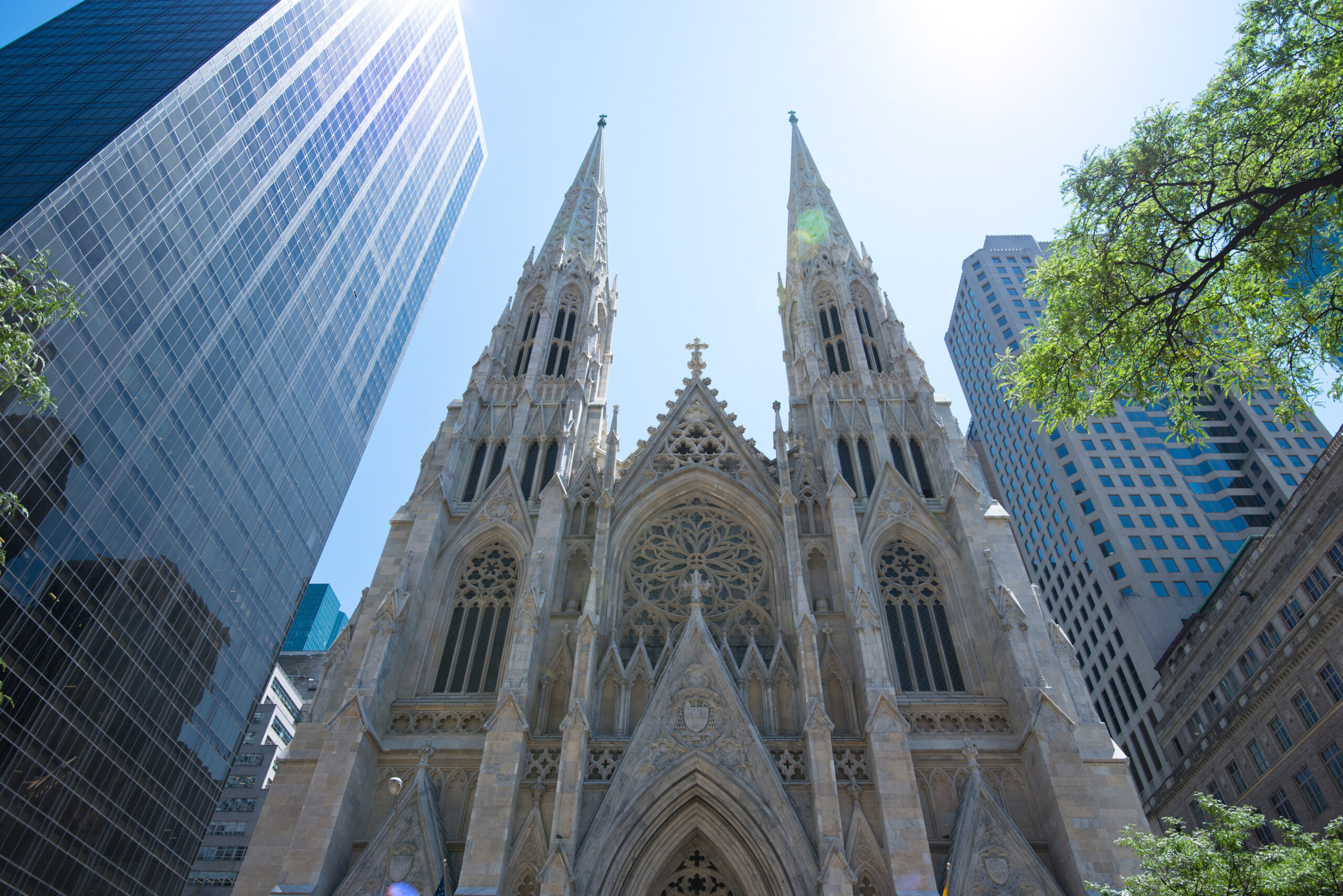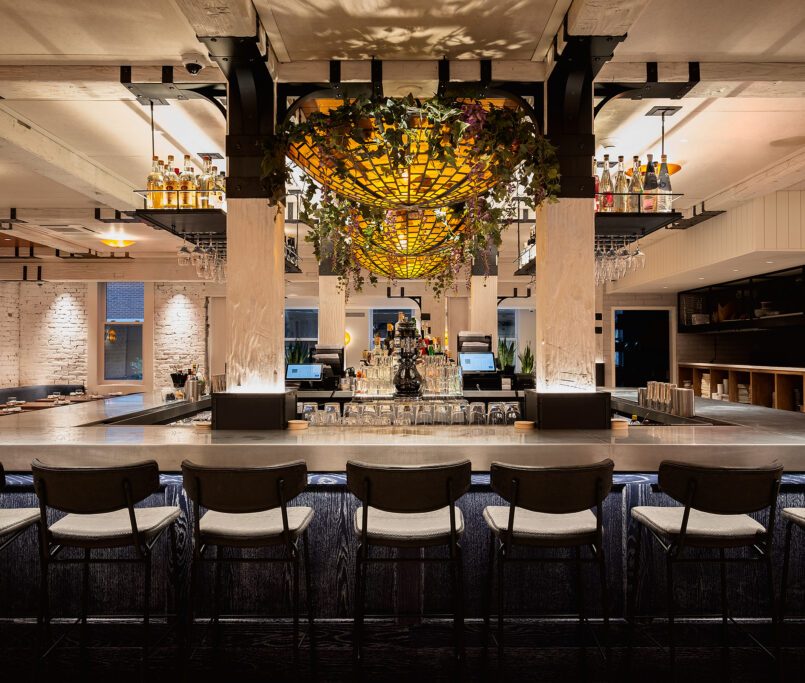NYC Guide to Architectural Landmarks: A Journey Through Iconic Design
New York City, a global hub for architecture and design, is home to some of the world’s most iconic buildings and structures. This guide explores the city’s architectural landmarks, each telling a unique story of innovation, history, and artistic vision.
The Empire State Building: A Testament to Art Deco
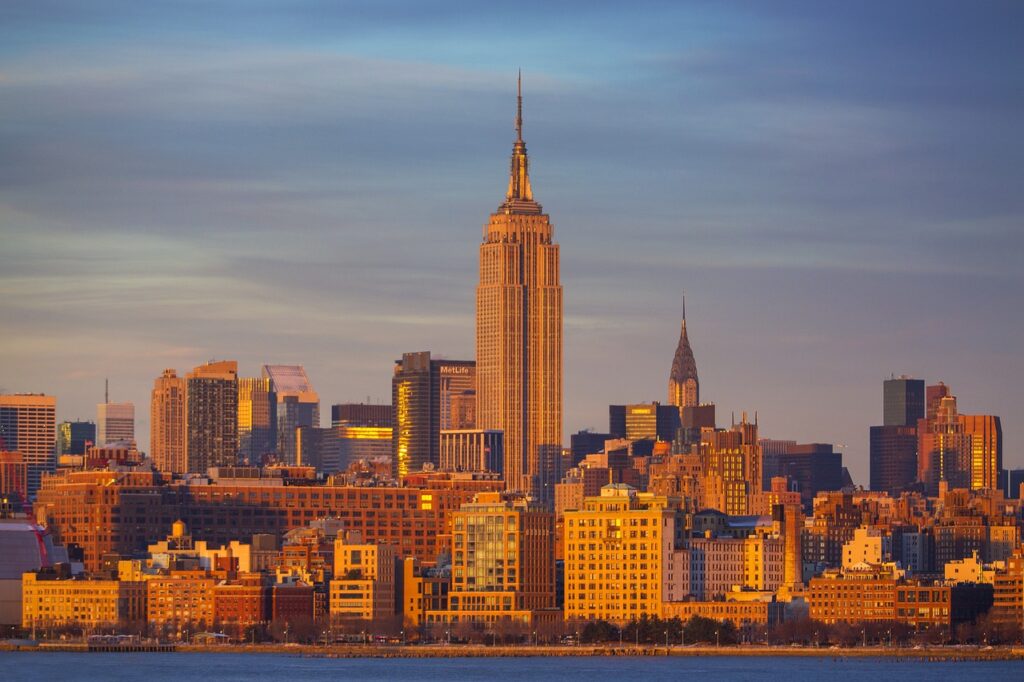
The Empire State Building, a marvel of Art Deco design, stands as a symbol of New York’s architectural prowess. Built in 1931, it was once the world’s tallest building. Its majestic presence and distinct style make it a must-visit for architecture enthusiasts. The building’s observation decks offer breathtaking views of the city, making it a popular attraction for tourists and locals alike. The Empire State Building’s design features classic Art Deco motifs, including geometric patterns and sleek lines, and its lighting system, which illuminates the skyscraper in various colors to commemorate different events, adds to its allure.
The Guggenheim Museum: Revolutionary Design by Frank Lloyd Wright
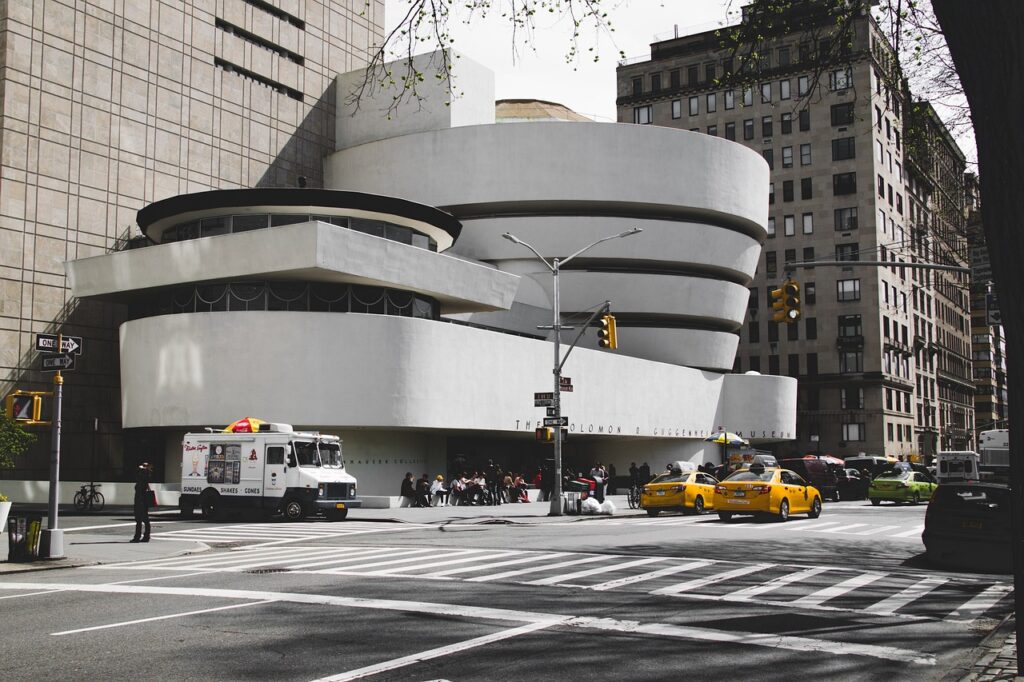
The Guggenheim Museum, designed by the legendary Frank Lloyd Wright, is renowned for its unique spiral design and innovative approach to museum space. Opened in 1959, it remains one of the most significant architectural contributions to the modern art world. The museum’s design was revolutionary at the time, as it deviated from the traditional layout of sequential galleries. Instead, Wright designed a continuous ramp spiraling up from the ground floor. This design allows visitors to experience the museum’s art collections in a continuous flow, creating an immersive and interactive experience.
The Chrysler Building: A Shining Example of Art Deco Elegance
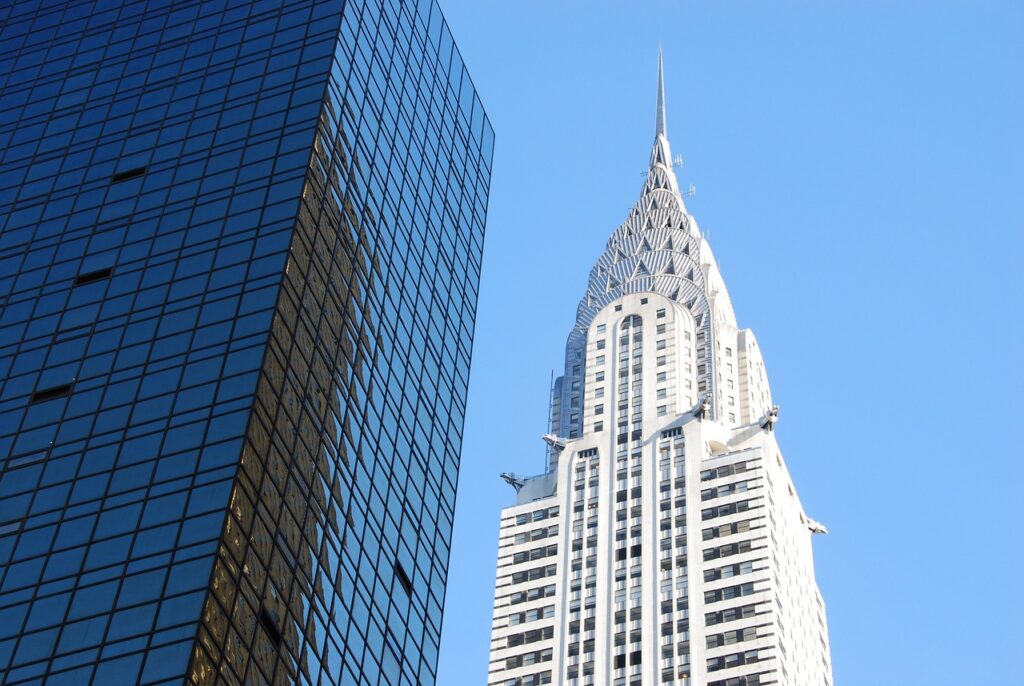
Another gem of the Art Deco era, the Chrysler Building, is celebrated for its ornate and elegant design, highlighted by its distinctive terraced crown. This building reflects the era’s fascination with industrial progress and luxury. The Chrysler Building’s interior is equally impressive, featuring Art Deco elements, marble walls, and decorative ceilings. The building’s crown, made of Nirosta steel, is one of the most iconic elements of the New York City skyline, and its design was inspired by Chrysler automobiles, with hubcaps and fenders integrated into the architecture.
The High Line: A Contemporary Urban Oasis
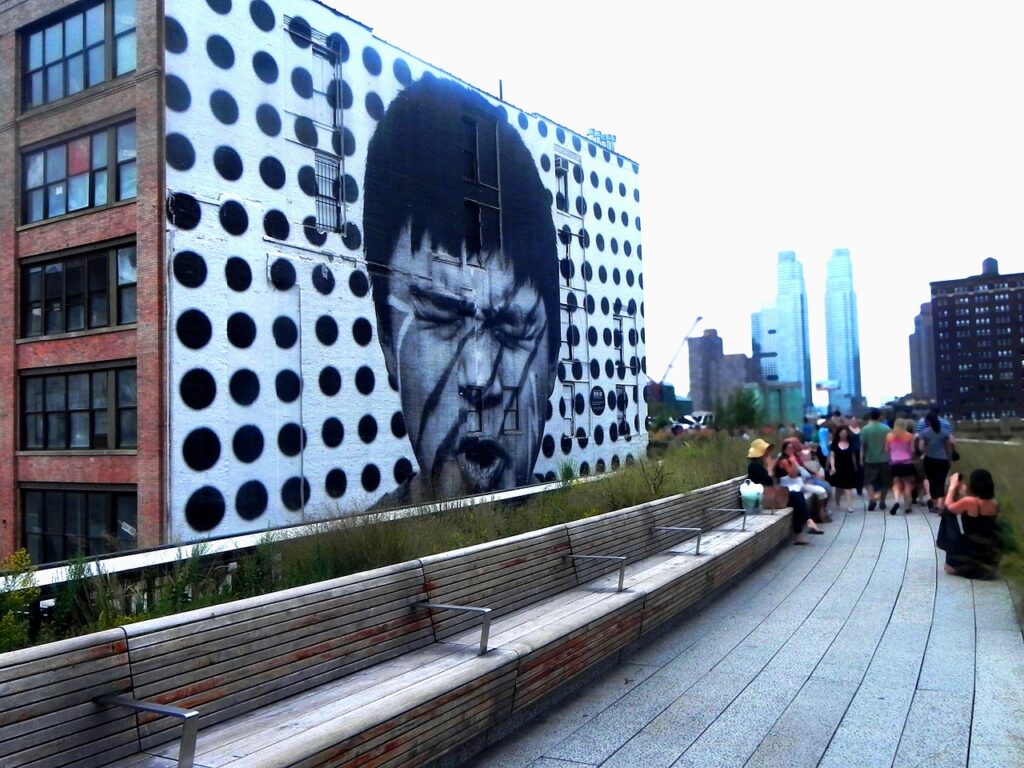
The High Line, a modern architectural phenomenon, transformed an abandoned railway line into an elevated urban park. This green space winds through the city’s buildings, offering a unique perspective on urban design and revitalization. The High Line is a prime example of sustainable design and urban renewal. The park features various plant species, artworks, and performance spaces, making it a vibrant community hub.
One World Trade Center: Resilience and Innovation
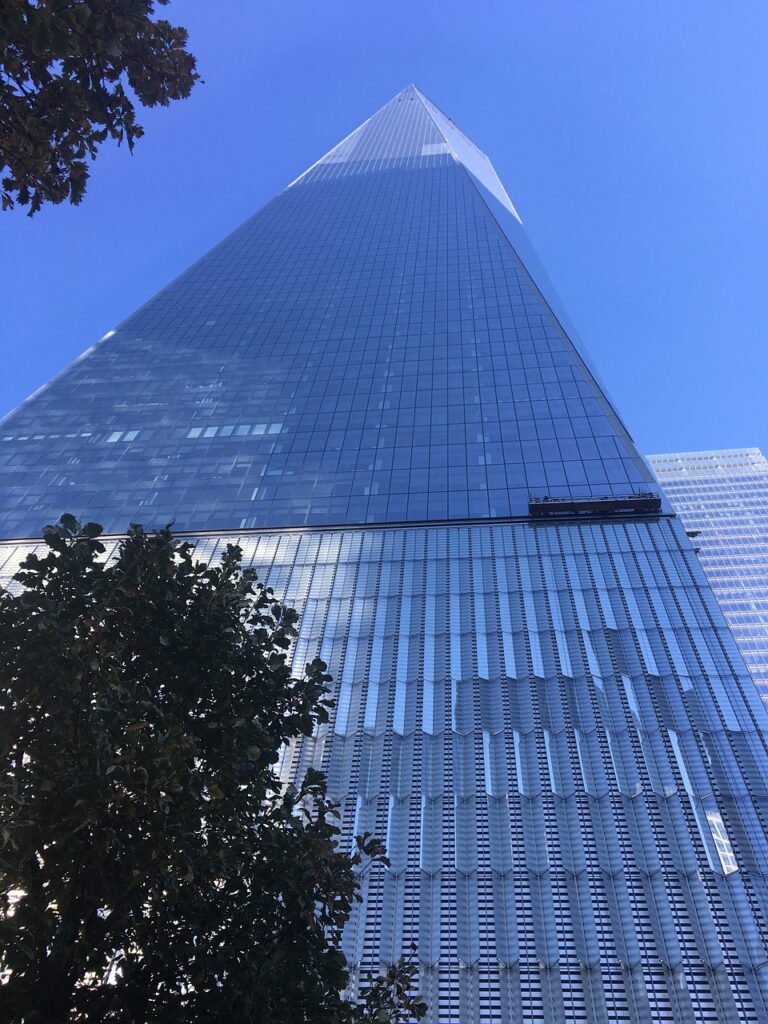
As a symbol of resilience, One World Trade Center stands on the site of the original Twin Towers. It is an architectural feat, combining cutting-edge design with innovative safety features, and represents a new era in skyscraper construction. The building, also known as Freedom Tower, reaches a symbolic height of 1,776 feet, referencing the year of American independence. It’s designed to be both a tribute to the past and a beacon of hope for the future, showcasing advanced architectural techniques and materials.
The Flatiron Building: An Early Skyscraper Icon
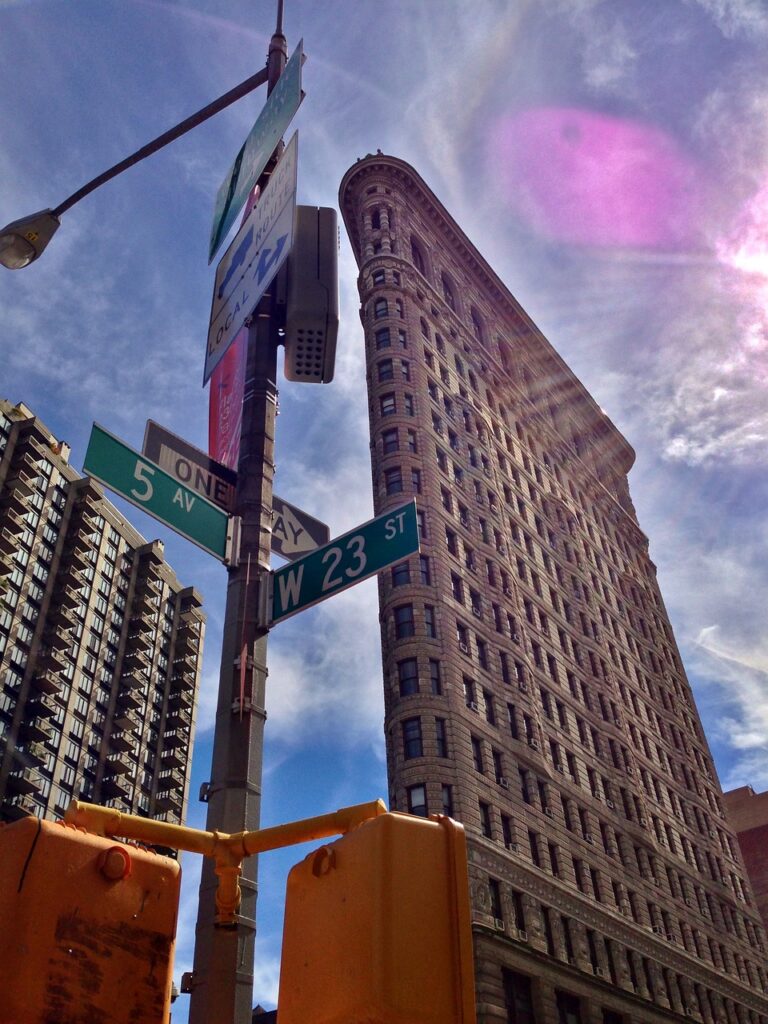
The Flatiron Building, with its unique triangular shape, was one of the city’s first skyscrapers. Completed in 1902, it remains an enduring symbol of New York’s architectural innovation and urban transformation. The building’s unique shape was necessitated by the triangular plot it sits on, and its name derives from its resemblance to a clothes iron. The Flatiron Building’s architecture, designed by Daniel Burnham, is a blend of French and Italian Renaissance influences, making it a standout structure in the city.
St. Patrick’s Cathedral: Gothic Revival in the Heart of Manhattan
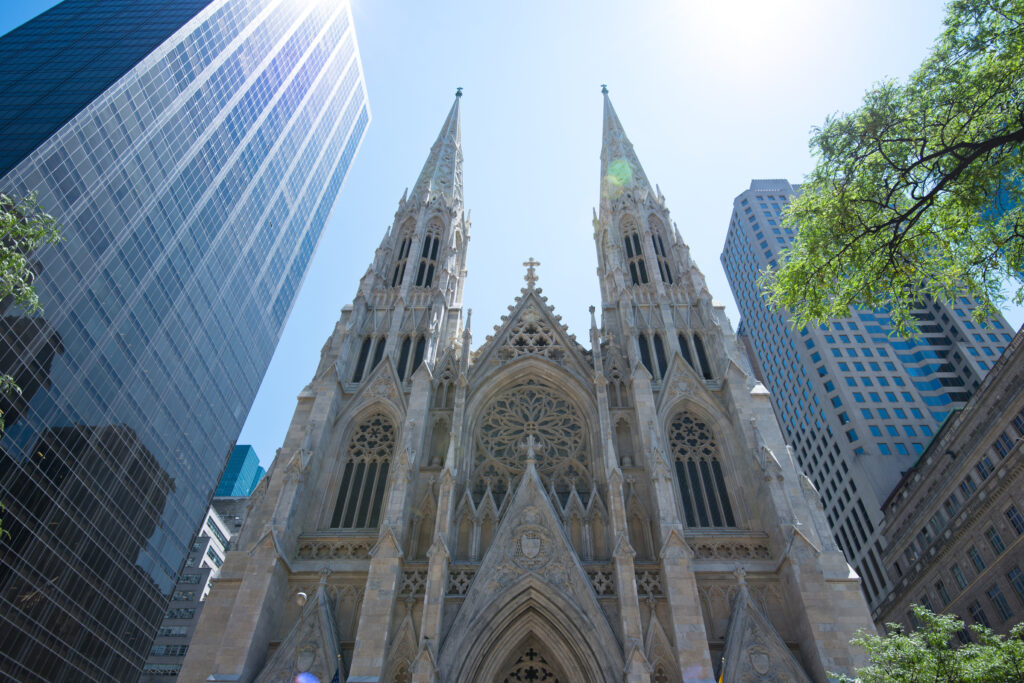
St. Patrick’s Cathedral, a masterpiece of Gothic Revival architecture, provides a stark contrast to the surrounding modern skyscrapers. Its intricate design and spiritual ambiance offer a peaceful retreat in the bustling city. The cathedral’s features, including its spires, stained glass windows, and ornate altars, are exemplary of the Gothic Revival style.
The Metropolitan Museum of Art: A Cultural Architectural Landmark
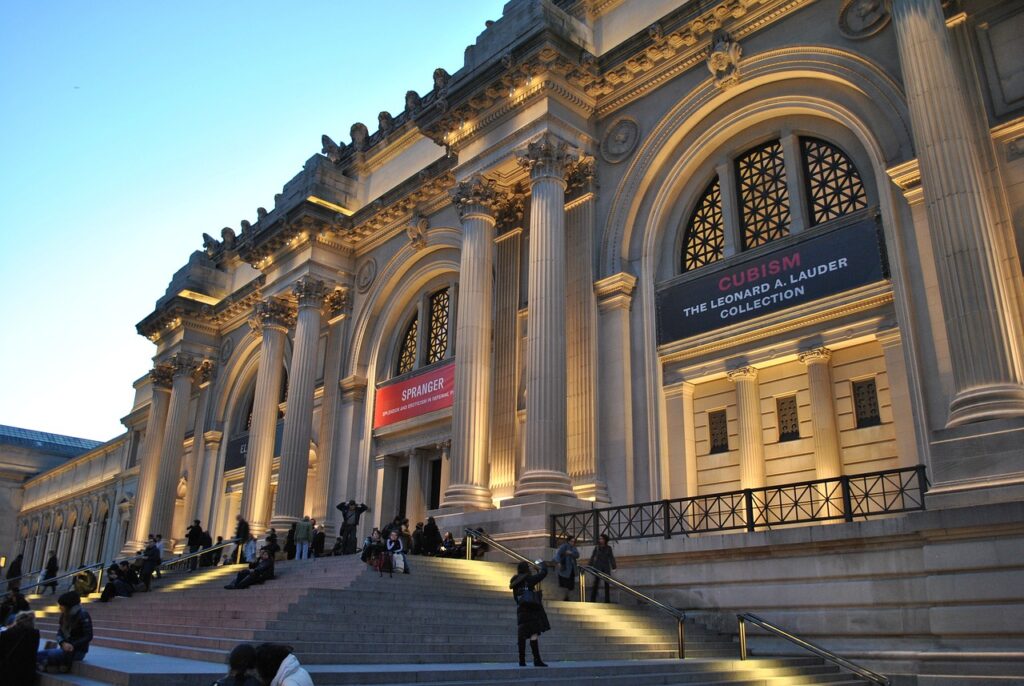
The Metropolitan Museum of Art, often simply called The Met, is not only one of the largest art museums in the world but also a significant architectural landmark. Its Beaux-Arts facade and expansive layout reflect the city’s cultural and artistic heritage. The Met’s iconic steps and grand entrance are popular spots for both New Yorkers and tourists, symbolizing the city’s rich cultural tapestry.
A City of Architectural Wonders
New York City’s architectural landmarks offer a diverse and rich journey through different styles and eras. From the towering skyscrapers to innovative urban spaces, each landmark tells a story of the city’s evolving landscape and artistic vision. For firms like New World Design Builders, these landmarks serve as a source of inspiration, blending historical influence with contemporary design to create spaces that are both functional and aesthetically magnificent.





